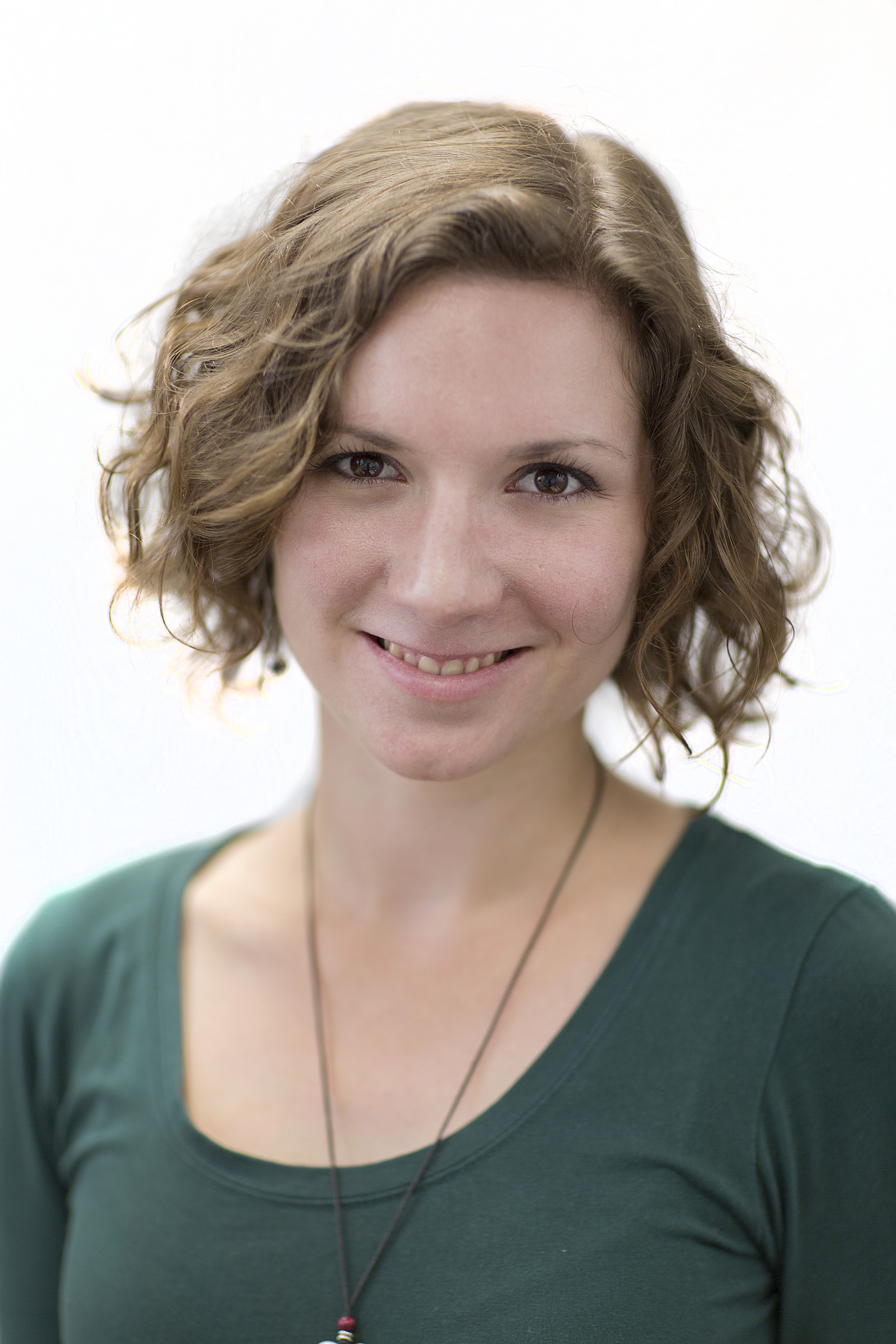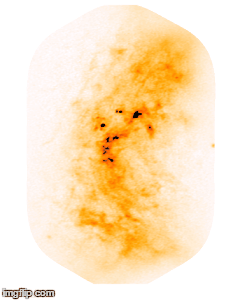
The Cepheus Flare just one of the stellar nurseries in the night sky where stars are formed. Image: NASA Astronomy Picture of the Day/Stephen Leshin
Claire-Elise Green wants to time travel. She wants to peer into the stellar nursery of the cosmos and understand how stars are formed, in their infancy, billions of years ago. To do this she needs access to multi-billion dollar telescopes, astronomical amounts of data and the time to work with the best and brightest in the field. Not something you can just Google.
This is why she is heading to the Max Planck Institute for Radio Astronomy in Bonn, Germany to work with the equipment, data and experts needed to further her PhD research. This isn’t a cheap European getaway by any stretch of the imagination.
The winner of the inaugural CSIRO Alumni 2015 Scholarship in Physics award: Claire-Elise Green
But Claire-Elise took a big step towards financing this journey when she was selected as the first ever recipient of the CSIRO Alumni 2015 Scholarship in Physics award.
The award was setup in honour of the four physicists who sadly lost their lives – two years ago – in a tragic accident, with a view to helping young Australians finance their projects and research in physics.
After beating out 14 other entries, Claire-Elise was handed the award and the $5000 scholarship fund at a ceremony in Lindfield, NSW.
Before she heads off to Germany with her novelty over-sized cheque, we had a chance to sit down and speak with Claire-Elise about her research, her time with us and her passion for science.
Mastering Blob-ology
Claire-Elise’s scholarship winning project seeks to understand the birth of stars. So she scours the sky, looking for ancient molecular clouds in the deep dark recesses of space. These clouds play the role of stellar nurseries and look like large blobs with a radio telescope, so naturally she refers to this area of research as blob-ology.
Deep within the blob (and with the help of incredibly sensitive high resolution telescopes) you can find strings of gas and dust which appear within the cloud. These strings, called filaments, are the focus of Claire-Elise’s PhD, supervised by Dr. Maria Cunningham at UNSW, and our very own Dr Joanne Dawson.
Blurry blob and clear blob: Observations through the Maxwell Telescope (JCMT) of a molecular cloud and then the same region observed at higher resolution with The Atacama Large Millimeter/submillimeter Array (ALMA). Images: Dr Jill Rathborne
In the process of star formation, dense regions of gas and dust within the molecular cloud collapse under gravity to form star forming cores. Most of these star forming cores have been found to lie on these dense filaments of gas like beads on a string. The role of these filaments in the star formation process, however, is currently unknown.
While she has had access to the Australian Compact Telescope Array near Narribri, and the Mopra Telescope, near Coonabarabran there is still lots of work to be done in this relatively new field of astrophysics and the time she will spend at the Max Planck Institute will further her understanding of the cosmic cabbage patch.
This PhD research into star formation is the culmination of many years of study back here on Earth.
A passionate scientist from a young age, Claire-Elise cites our Double Helix magazine as an early inspiration for all things scientific (please excuse the shameless self-promotion).
As she moved into high school she was fortunate enough to be part of a program designed to encourage young women to engage with science. Indeed, she chose to complete a Bachelor of Advanced Science majoring in Physics at University. And even though she was considering a double major including chemistry, we won’t fault her for taking the easy road and sticking to a single major!
In order to get some real world experience she completed two summer programs with our scientists where she collected her own data with the telescope at Parkes and the array of telescopes at Narrabri, she even used this opportunity to be get published.
Not only did she spend valuable time in the field where she could get her hands dirty and experience the realities of modern research, she also had the opportunity to rub shoulders with inspirational scientists like our own Dr Julie Banfield and Dr Jill Rathborne. Oh and she got to take a hayride on the world famous ‘Dish’ and take some memorable pictures.

Ever wanted to know the perks of being a scientist? How about riding the world famous ‘Dish’ as it completes a “hayride” with you on board? From left to right: James Neild, Daniel Reardon, Tiffany Day, Claire-Elise Green, Sarah Hegarty. Image: Dr Yiannis Gonidakis
Through all these experiences and with the example set by her mentors like Dr Cunningham, Dr Dawson and Dr Rathborne, Claire-Elise developed into a scientist with a passion for encouraging more women to try science, as she says – they tend to “rock at it”.
Before she departs for Europe and the next stage of her research career, she hopes to find some time to indulge in her favourite pastimes: tending her vegetable and herb gardens and enjoying a bit of the old ‘Crafternoon tea’ (that’s an afternoon tea coupled with crafts if you are unfamiliar with the term). When you are searching for the answers to the some of the universe’s biggest questions, it pays to stay grounded.
You can hear more about Claire-Elise’s research in her own words on Thinkable.org. Don’t forget to vote for her while you are there.




17th April 2015 at 12:43 pm
Reblogged this on By the Mighty Mumford and commented:
CLAIRE-ELISE GREEN….BIRTH OF STAR AND PLANETS FROM INTERSTELLAR DUST SHE HAS SEEN!